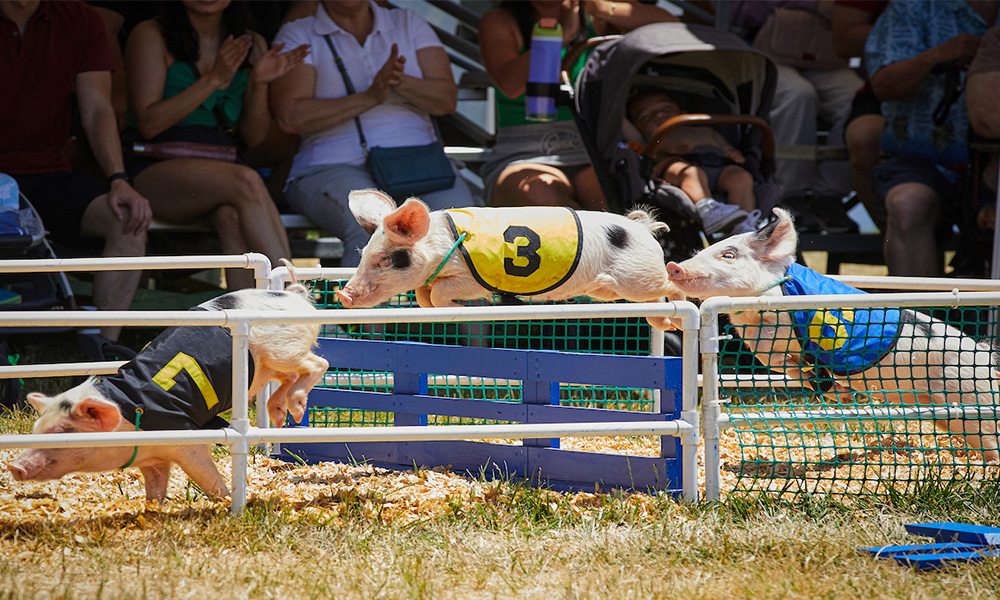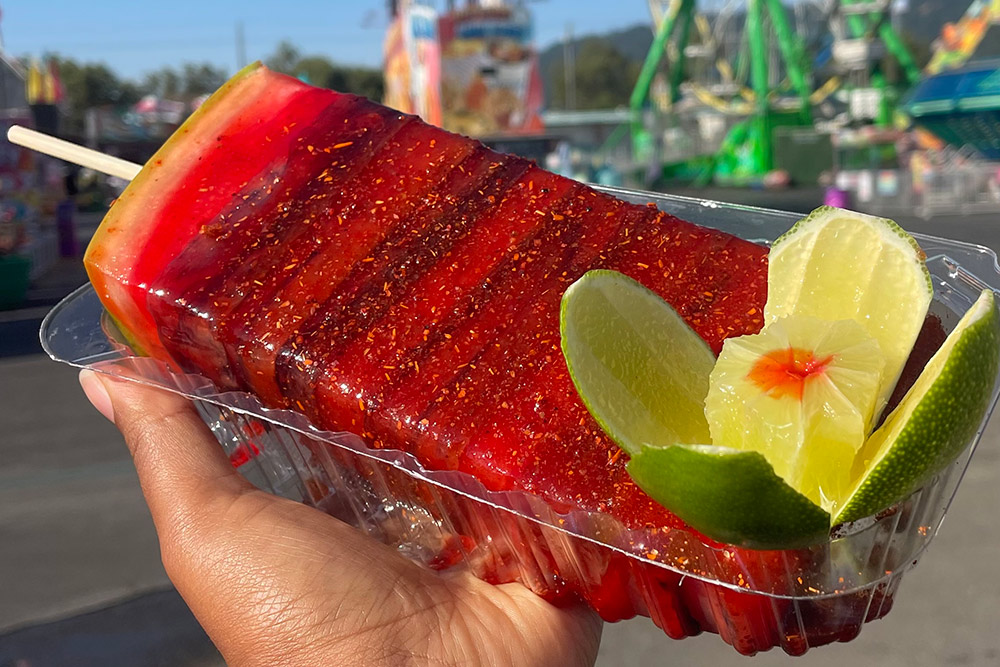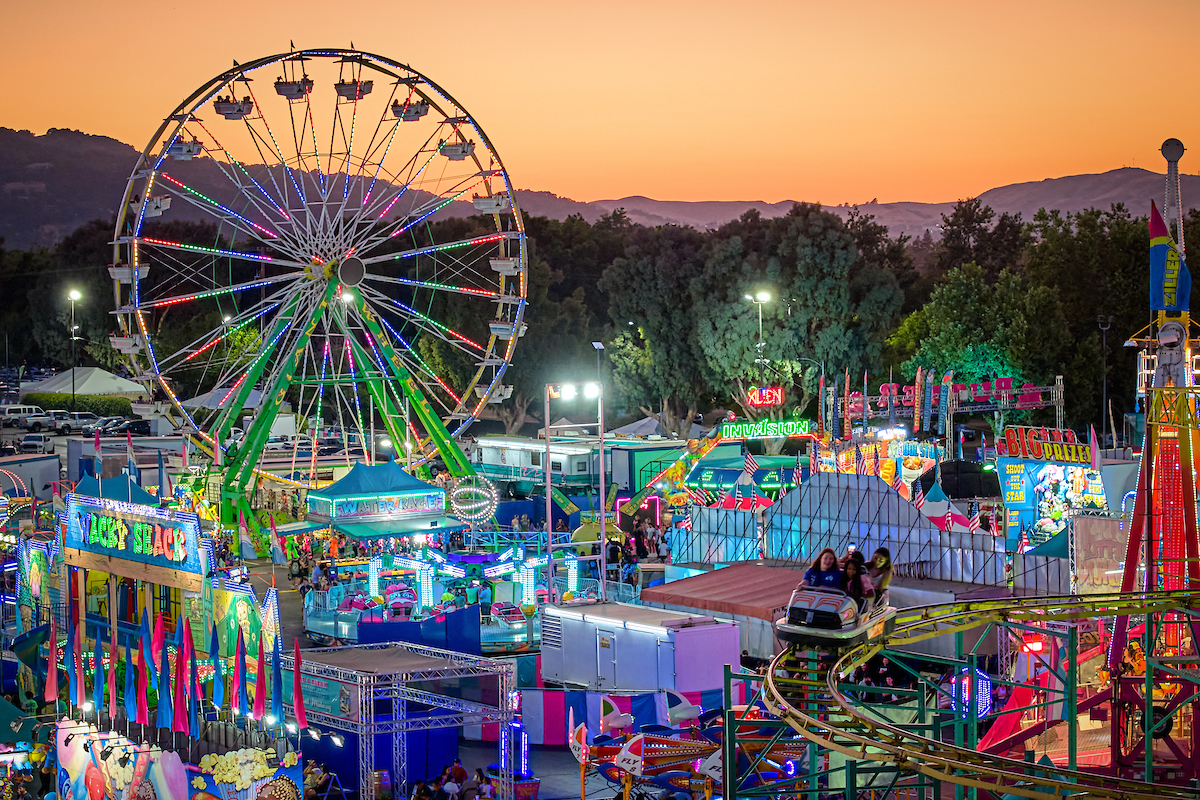Pig racing, an entertaining and quirky sport that captivates audiences worldwide, might seem like an unusual pastime at first glance. However, its roots delve into a rich history that spans centuries, combining elements of rural traditions, amusement and a celebration of these intelligent and charismatic animals.
The Origins
The origins of pig racing can be traced back to various cultures and regions around the world. In the United Kingdom, it is believed that pig racing emerged in the late 20th century as a form of entertainment at agricultural fairs and county shows. These events aimed to showcase livestock, farming techniques and rural life, with pig racing adding an element of excitement and amusement.
Similarly, in parts of the United States, particularly in agricultural states like Texas, California and Arkansas, pig racing became a popular attraction at fairs and festivals. Here, it became an engaging spectacle for attendees, combining elements of athleticism and lighthearted fun.

The Evolution of the Sport
Initially, racing pigs involved small-scale events organized by local farmers or fair organizers, often using makeshift tracks and simple obstacles for the pigs to navigate. Over time, the sport evolved, gaining popularity and attracting larger audiences.
Advancements in event organization, including better-designed tracks, specialized equipment, and professional trainers, contributed to the growth of pig racing as a mainstream attraction. These improvements enhanced the overall experience for both participants and spectators, elevating it from a casual novelty to a well-executed and entertaining sport.
The Racing Pigs
Pigs, known for their intelligence and agility, quickly became the stars of these races. While breeds like the Vietnamese Pot-Bellied pigs, known for their agility, were commonly used, various breeds and sizes could participate, adding diversity to the races.
Handlers and trainers play a crucial role in preparing these pigs for races. Training involves conditioning the pigs to run, respond to commands, and navigate the racecourse. Pigs are intelligent animals, and with the right training and positive reinforcement, they eagerly participate in these events.

Global Appeal and Contemporary Status
Pig racing has gained global appeal, transcending cultural boundaries and becoming a beloved attraction in different parts of the world. From local fairs in rural communities to larger-scale events in urban settings, pig racing continues to entertain people of all ages.
In recent years, pig racing has even made its way into popular culture, appearing in movies, television shows, and being featured in amusement parks as a quirky and enjoyable activity.
At the Alameda County Fair in California, racing pigs is one of the top five reasons guests attend per an attendee survey.
Conclusion
The history of reading pigs is a testament to the ingenuity of communities in turning everyday activities into entertaining spectacles. From humble beginnings as a novelty at agricultural events to becoming a globally recognized attraction, pig racing has carved its place in the realm of unique and delightful pastimes.
As the sport continues to evolve and capture the hearts of audiences worldwide, one thing remains certain: the charm and charisma of these racing pigs will continue to bring joy and laughter to all those who witness them sprinting down the track, showcasing their remarkable abilities in a sport that celebrates the extraordinary nature of these lovable animals.



